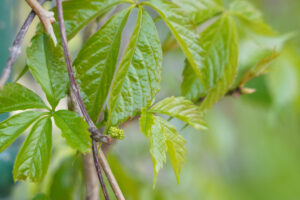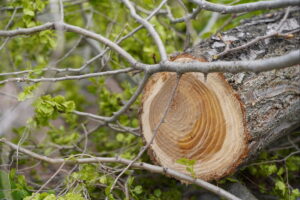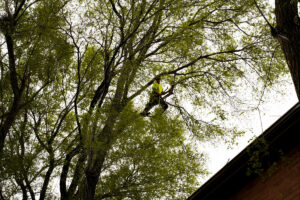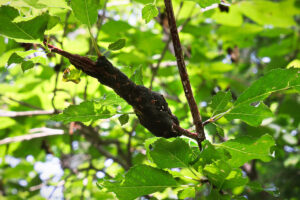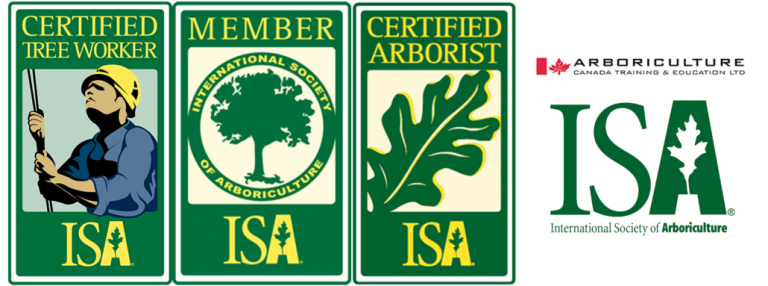York Region Arborist – Fighting Disease in Trees
Animals have evolved immune systems that fight off disease. When they are infected by microorganisms, their immune system responds by destroying the invading organisms. Afterwards, new tissue replaces the damaged tissue. Trees also have a kind of immune system that protects them from invading microorganisms and fungi.
However, their immune strategy is one of containment rather than the \”attack and destroy\” response of animals. They wall off and permanently quarantine the pathogens. The isolated pathogens can do no further harm. Rather than rebuild the damaged tissue; the tree grows around the walled-off area and continues with \”business as usual.\” The barrier consists of cells that the pathogens can\’t consume. Some of the cells are also toxic to some microorganisms.
This concept, called compartmentalization of decay in trees (CODIT) was introduced in the 1970s by Dr. Alex Shigo. This immune response is triggered when the tree is wounded; either by an inanimate object or by an insect or animal. Once the wound occurs, a race between invading pathogens and the tree\’s immune response begins.
The tree tries to seal off the wounded area as rapidly as possible, while the pathogens try to occupy and consume as much tree tissue as possible. If the tree wins the race, the pathogens are contained and have no place to spread. If the pathogens spread faster than the tree\’s ability to contain them, the disease continues to spread with the result of weakening and eventually killing the tree.
A Stressed Tree is a Vulnerable Tree
A fast immune response requires energy. This is why a stressed tree is more vulnerable to disease-causing pathogens and fungal attack. Trees are stressed in a number of ways including improper care. For example, the practice of topping severely stresses a tree by inflicting several wounds and depriving the tree of energy producing foliage. This means less energy is available for the tree\’s immune response of containment. Damaged tree roots, too little or too much water, and defoliation from insect pests also stress and make a tree more prone to disease.
If any of your trees are stressed, have areas of rotting wood, or have fungal growth, get the expert advice and help of a York Region arborist. You can follow along on Facebook and Instagram, or you can contact us here if you have any questions.

